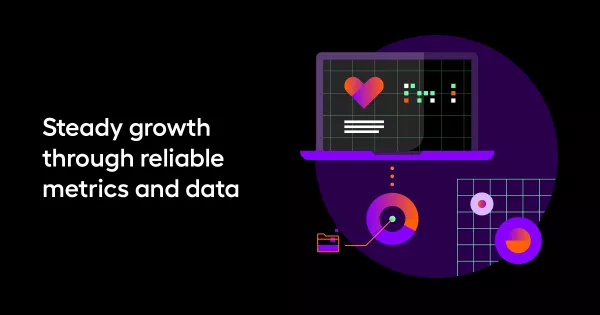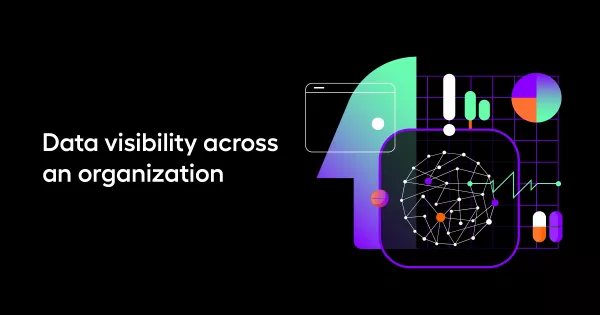How healthcare data insights improve risk scores
Anita Chadha, Director for Clinical Documentation and HCC Coding at Ascension Illinois/AMITA Health ACO/CIN, lowers patient risk through data-driven insights.
Chadha primarily oversees risk adjustment and RAF performance for Ascension Illinois/AMITA Health ACO/CIN’s Clinically Integrated Network (CIN). She says seeing how data has improved risk scores year-over-year has been phenomenal.

Download the Customer Story
“Our key priority is to grow the team, to have them understand how important data is, how actionable it can be for our providers, and to embrace that in their day-to-day,” she explained.

Steady growth through reliable metrics and data
Ascension Illinois/AMITA Health ACO/CIN started its program with no staff and no data at a time when risk adjustment had just emerged in healthcare. Today, Chadha has a small team of risk coders and a huge amount of data from Arcadia. The team shares data with the providers to show them the level of health and sickness within their patient populations.
Chadha has gone through a process of educating providers and building a coalition within the CIN.
“It wasn't easy in the beginning; it was baby steps,” she said. “I think that as Arcadia’s risk platform was evolving, we were able to get more data and to justify the reasons why we need to code for a certain patient and why that patient has that certain condition. Arcadia’s data really has made an impact on our providers.”

Stratifying risk
The data she is able to access helps Chadha stratify risk. As Medicare performance is one of the organization’s top priorities, she can take that risk stratification and focus on specific areas of the population, such as individuals with diabetes.
“It's been really important for us to risk stratify our population—I think that's been very helpful with our KPIs,” she said. Chadha’s team uses Arcadia to surface individuals with risk factors. “The suspecting algorithms within the risk tool really pull out all the opportunities for us in terms of lab results, like who is a diabetic or who is going to be a diabetic,” explained Chadha.
Using the risk suspecting algorithm, she has leveraged different workflows to incorporate current conditions and conditions that a patient may have in the future, which helps identify patients and gives Ascension Illinois/AMITA Health ACO/CIN another opportunity to take proactive action.

Data visibility across an organization
Analyzing massive collections of data may seem daunting to those without a data science background, but ensuring insights are visible throughout the organization has been a critical component of Ascension Illinois/AMITA Health ACO/CIN’s success.
“You don't have to be a data analyst to understand data,” Chadha said. “Arcadia’s data is so detailed, it really gives us a deep dive of how sick our population is. The data has been a game changer allowing us to better understand our patients.”
The C-Suite is connected to critical insights on the severity of patients’ illnesses, allowing them to make important decisions related to care management and financial reimbursement, among other things.
“Arcadia’s reporting features have helped me to share insights on the severity of our patients’ illness with our C–Suite and that helps us to take the next step and leverage how we can improve our care management and, of course, our financial reimbursements,” she said.
Overall, the entire organization, from specialist to primary care, has a unified view of patient health. That view allows for providers to deliver holistic care.
“We’re always sending patients out to our specialists to take care of a certain problem that a primary care provider doesn't need to take care of,” Chadha says of Ascension Illinois/AMITA Health ACO/CIN’s holistic care strategy. “Having a CDI program in place with certified risk coders … tells us the story of how sick our patients are, and [helps us] leverage the data. The point of care is very important for organizations that are thinking about risk.”

Diabetes: A use case for collaboration and data-driven interventions
One example of a use case for Chadha’s work has been among their diabetic population.
“We really align ourselves with our national teams for risk, and one of the biggest goals for us was to look at our diabetic population, because that seemed to be the largest population that we had in our risk platform,” she explained.
Chadha broke down where the needs were and determined how to leverage other teams in population health to hone in on these patients and take care of their diabetes.
“Taking care of their diabetes, working with the providers directly, making them understand through education, through the data, the importance of better management for these patients was really a large initiative for us,” she said.
Chadha added that after the tool identifies those that don't have diabetes and those that do, they could take that data and say, “What do we have to do here to improve that care for our diabetics?”
Data-driven approaches to informing care
Data can put more power into the hands of providers to make important decisions at the point of care as well as move toward holistic care. Watch more Customer Stories or request a demo to see how we can put your data to work, together.

